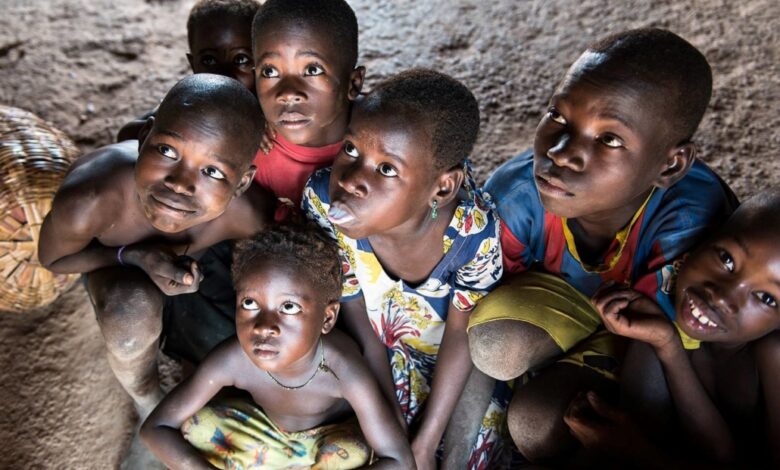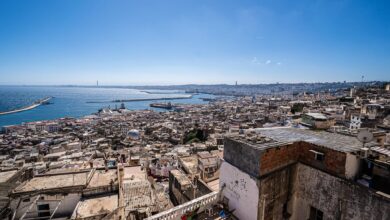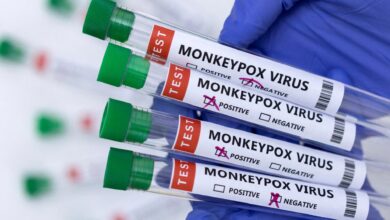Trafficking and Modern-Day Slavery: What can be done?

Seeking greener pastures has become a familiar refrain, but for many, the journey leads not to prosperity but to exploitation and despair. Last year’s harrowing accounts revealed over 15,000 Nigerian women and girls stranded in Mali, victims of ruthless traffickers preying on their dreams of a better life in Europe.
This year, the cycle continues as more than 50 Malawian women found themselves ensnared in the web of modern-day slavery, trafficked to Oman under false pretenses and subjected to deplorable conditions. Shockingly, these cases represent only a fraction of the widespread human trafficking plaguing our world today.
The statistics paint a grim picture: an estimated two million female domestic workers toil in the Gulf Arab states, their labor often obtained through coercion and deceit.
A survey conducted by migrant charity Do Bold, cited in the 2023 US State Department Trafficking in Persons Report, exposed the pervasive nature of the problem, revealing that nearly all of the 400 women surveyed in Oman were victims of human trafficking. These sobering realities demand urgent action and a concerted effort to stem the tide of exploitation.
In the face of such daunting challenges, several solutions present themselves:
Enhanced International Collaboration:
Trafficking knows no borders, making international cooperation essential in combating this global scourge. Countries of origin, transit, and destination must forge alliances to share intelligence, strengthen legal frameworks, and coordinate law enforcement efforts. Joint task forces and information-sharing mechanisms can facilitate the swift apprehension and prosecution of traffickers, dismantling their networks and disrupting their operations.
Empowerment and Protection of Vulnerable Communities:
Traffickers prey on the vulnerabilities of marginalized communities, exploiting their lack of economic opportunities and social support networks. Empowering these communities through education, vocational training, and economic development initiatives can mitigate their susceptibility to trafficking. Additionally, robust victim protection measures, including access to legal aid, safe shelter, and medical assistance, are imperative for providing survivors with the support they need to reclaim their lives and rebuild their futures.
Targeted Awareness and Education Campaigns:
Prevention is key in the fight against trafficking. Governments, NGOs, and grassroots organizations must launch comprehensive awareness campaigns to educate vulnerable populations about the tactics employed by traffickers and the warning signs of exploitation. By equipping individuals with the knowledge and resources to recognize and resist trafficking schemes, these initiatives can serve as a vital deterrent and empower communities to protect themselves and their loved ones.
Regulation and Oversight of Recruitment Practices:
Many victims fall prey to traffickers through deceptive recruitment practices, lured by false promises of lucrative employment opportunities abroad. Regulating recruitment agencies and labor markets is crucial in preventing such abuses. Governments must enforce stringent licensing requirements for recruitment agencies, conduct regular inspections to ensure compliance with labor laws, and impose severe penalties for those found guilty of exploitation. Moreover, businesses must exercise due diligence in their supply chains, holding subcontractors and suppliers accountable for any instances of labor exploitation or human trafficking.




